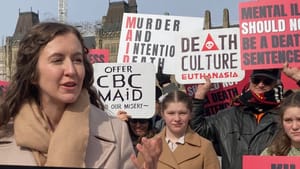Location: The third largest island in the Caribbean Sea, lying south of Cuba.
Area: 4244 square miles.
Environment: Jamaica is mountainous (Blue Mountain Peak, 2256m) and prone to earthquakes and hurricanes. It has a tropical climate.
Population: 2.8 million. Another 1.3 million have emigrated to North America and UK.
Infant mortality rate: 16/1000 live births.
Life expectancy: 73 years.
Ethnic groups: Afro-Caribbean 94%; Asian/Afro-Asian 5%; Euro-American 1%. Many are descended from slaves brought in during the 17th-19th centuries.
Languages: English (Official), Creole. Literacy: 85%.
Capital: Kingston (900,000). Urbanisation: 50%.
Economy: The economy is dependent on services, which account for 60% of GDP. Jamaica derives foreign exchange from tourism and the export of bauxite/alumina, sugar and bananas. But it faces long-term economic problems — including inflation, corruption, unemployment and debt. There is a large drug trade and a resulting high crime rate.
Protestant denominations: Various Church of God, Jamaican Baptist Union, Anglican, various Methodist, United, Moravian, various Pentecostal, and many others.
History: After the Spanish arrived the native Taino Indians were gradually exterminated and replaced by African slaves. England seized the island in 1655 and established a plantation economy, based on sugar, cocoa and coffee, and worked by slaves. The abolition of slavery in Jamaica in 1838 freed 250,000 slaves, many of whom became small farmers. In August 1962 Jamaica obtained independence from Britain and today it is a parliamentary democracy, with the British monarch as its titular head of state.
Jamaica fact file
Join the discussion
Read community guidelinesExplore topics



















